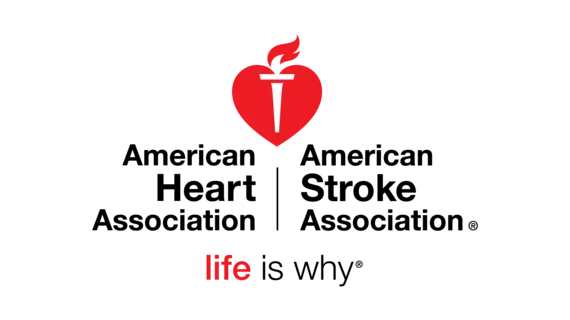AHA/ASA retracts large portion of new stroke guidelines
The American Heart Association (AHA)/American Stroke Association (ASA) is revisiting its recently updated stroke guidelines after issuing a “correction” that removed several portions.
According to the correction, published online April 18 in Stroke, the following sections have been deleted “while this clarifying work is in process”:
- Section 1.3 EMS Systems Recommendation 4
- Section 1.4 Hospital Stroke Capabilities Recommendation 1
- Section 1.6 Telemedicine Recommendation 3
- Section 2.2 Brain Imaging Recommendation 11
- Section 3.2 Blood Pressure Recommendation 3
- Section 4.3 Blood Pressure Recommendation 2
- Section 4.6 Dysphagia Recommendation 1
- Section 6.0 All subsections
William J. Powers, MD, the chair of the guidelines writing committee, defended the original guidelines to Medscape Medical News, saying the AHA/ASA decided to rework the guidelines against the “strongly voiced opposition” of the writing group. Normally, he noted, there is a more of a back-and-forth involving the writing group when there is disagreement over new guidelines.
Powers didn’t respond to a request for comment from Cardiovascular Business. However, the AHA shared its reasoning for the substantial retraction in a prepared statement.
“A new guideline often generates healthy discussion and debate. Following questions from our volunteers and others in the stroke community regarding some of the recommendations in this guideline, there were several issues of clarity in wording that emerged after publication that we felt needed to be addressed,” the statement read.
“We believe that much of this occurred because we continually refine our system of categorizing evidence and the system used for the AIS (acute ischemic stroke) guideline was the first time this Writing Group had used it. We have reconvened the writing group to consider whether clarifications, modifications or updates would address the concerns about clarity. Their work to review and clarify select sections of the guideline is currently underway. We anticipate the updated guideline will be ready for publication this summer.”
In the meantime, the AHA recommends clinicians use the existing 2018 guideline—which is still available online without the sections under review—and previously published recommendations on specialty topics.

